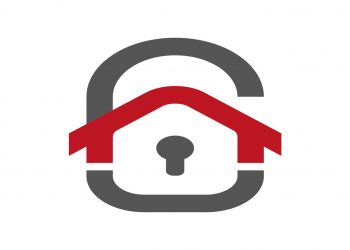January saw 30,816 U.S. properties with foreclosure filings—which include default notices, scheduled auctions or bank repossessions—an increase of 8% month-over-month, but a 7% decline year-over-year.
A little under 3,000 (2,973) properties were repossessed via foreclosure in January, a just under 1% increase from December, but a year-over-year decline of 25%. This continued a downward trend in REOs (Real Estate Owned properties)—properties that a bank or lender owns after a foreclosure auction—that held fast for 11 of the past 12 months.
“January showed a monthly increase in foreclosure filings that may in some part be the result of a normal post-holiday catch up of filings,” said ATTOM CEO Rob Barber. “It’s too early to know if 2025 will shift from the general 2024 trends of a continued decline in foreclosure activity. We will keep a close eye on the market to see how interest rates, inflation, employment shifts and other market dynamics impact foreclosures in 2025.”
By state, among those with at least 50 REOs, the greatest increase for the month of January occurred in Arizona (73% increase), Virginia (up 57%), South Carolina (55% rise), North Carolina (52%) and Tennessee (26%).
Metro populations with at least 200,000 residents that saw the largest raw number of REOs were Detroit, Michigan (164 REOs); Chicago, Illinois (148 REOs); Riverside, California (141 REOs); New York City, New York (84 REOs); and Philadelphia, Pennsylvania (69 REOs).
One out of every 4,618 housing units had a foreclosure filing in January, according to ATTOM. By state, those with the highest rate of foreclosure were Delaware (one in every 1,839 housing units), Nevada (one in every 2,430 housing units), Indiana (one in every 2,459 housing units), Illinois (one in every 2,756 housing units) and Utah (one in every 3,251 housing units).
Major metros with a population greater than 200,000 that had the highest rates of foreclosure for January include Riverside, California (one in every 1,786 housing units with a foreclosure filing); Elkhart, Indiana (one in every 1,821 housing units); South Bend, Indiana (one in every 1,821 housing units); Fresno, California (one in every 1,859 housing units); and Indianapolis, Indiana (one in every 1,934 housing units).
For metros with a population of 1 million or more, those with the highest foreclosure rates for January were Las Vegas, Nevada (one in every 1,987 housing units) and Philadelphia, Pennsylvania (one in every 2,042 housing units), along with the aforementioned cities of Riverside, Fresno and Indianapolis.
Lenders began the foreclosure process (foreclosure starts) on 20,994 U.S. properties in January, an 8% increase from December 2024 and a 4% decline year-over-year.
States with the highest number of foreclosure starts in January included Texas (2,654 starts), California (2,443), Florida (1,898), Illinois (1,228) and New York (949).
For major metros with a population of at least 200,000, those with the highest raw number of foreclosure starts were Chicago, Illinois (1,168 foreclosure starts); New York, New York (977 foreclosure starts); Houston, Texas (932); Philadelphia, Pennsylvania (777); and Los Angeles, California (652 starts).











